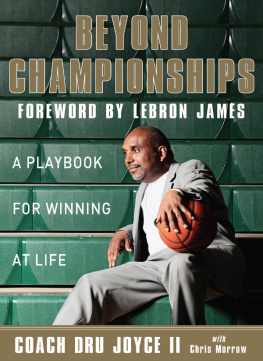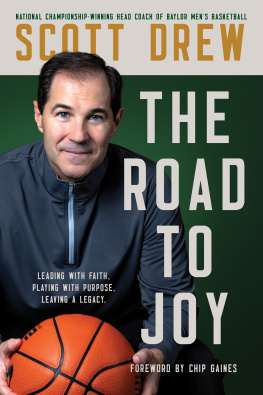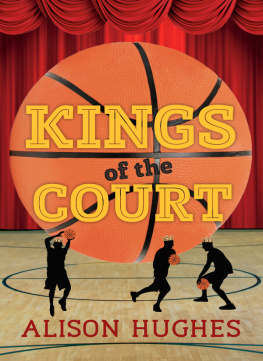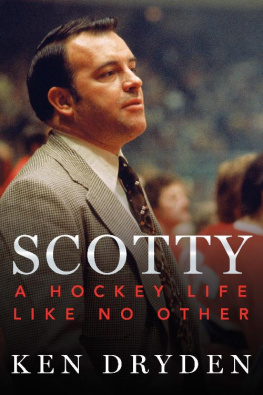Winning Ways Basketball
Teaching The Flex Match-Up Zone
An Effective Defense for the High School Coach
Steve Biddison
Teaching The Flex Match-Up Zone
Winning Ways Basketball, Volume 4
Steve Biddison
Published by Steve Biddison, 2013.
Published by Sword and Shield Publishing
Ebook edition
Copyright 2013, Steve Biddison
http://stevebiddison.wordpress.com
All rights reserved. Except as permitted under U.S. Copyright Act of 1976, no part of this publication may be reproduced, distributed, or transmitted in form or by any means, or stored in a database, or retrieval system, without the prior permission of the author.
ISBN: 1492268240
ISBN-13 : 978-1492268246
While every precaution has been taken in the preparation of this book, the publisher assumes no responsibility for errors or omissions, or for damages resulting from the use of the information contained herein.
TEACHING THE FLEX MATCH-UP ZONE
First edition. September 20, 2013.
Copyright 2013 Steve Biddison.
ISBN: 978-1497716612
Written by Steve Biddison.
10 9 8 7 6 5 4 3 2 1
about coach biddison
C oach Steve Biddison has coached basketball for over 20 years where he has not only become known as a very innovative defensive coach, but a coach whose teams execute the half court offensive game to perfection. Four times he has taken over programs that had not had a winning record in years and each time turned them into a playoff team in his first year with the program. Most notable was the year he took over a program that had only won two games the previous year and four games over the previous three combined years. By instilling a new philosophy centered around the HEART (Coach Biddison details this philosophy in his popular book Coaching From the HEART, which is also available in both ebook and paperback form) and a new style of offense and defense, Coach Biddison took that team three rounds in the playoffs in his very first year in the program.
Along the way in his coaching journey, Coach Biddison has achieved:
- A 426-161 Coaching Record
- Named South Texas Basketball Coach of the Year (2005)
- 5 Times District Coach of the Year 1991,1995,1996,2004.2005
- State Ranked 5 years (ranked 4th in the final State polls in 2004)
- Regional Finals twice - 1996, 2004
- Regional Semifinals twice 1995, 1997
- Regional Quarter finals (Area Champions) twice 1998, 2005
- Area Finals once - 2010
- #1 Defensive team twice (based on points allowed) 1996, 2005
- # 1 scoring team in the state (96 points per game) once - 1992
- 65% Playoff winning percentage
You can contact Coach Biddison at
Website: www.basketballcoaches.wordpress.com
Twitter: @stevebiddison
ACKNOWLEDGMENTS
There is not a successful coach alive who did not learn from other great coaches. I have had the privilege to learn from some great high school basketball coaches. Much of my coaching success, I owe to the coaches I have worked under. Art Denney, Ron Rogers, and Bill Avey, thank you very much for your influence you had on my coaching
the evolution of the flex
match-up zone defense
I t has been widely accepted that defense wins championships. Even teams that put up big offensive numbers know that they must play defense if they are going to win consistently. In basketball, there are many different types and philosophies of defense. Some coaches like to full court press, some stress man to man defense while others play straight zones. Some coaches like to trap and gamble for steals, others play conservative position defense in order to not be beat for layups.
The basketball purists would argue that a man to man defense is the best defense. They would point out that you can adjust how much pressure you put on the ball from this defense and you can adjust how much denial you play on those off the ball. I cannot argue with the logic of a good man to man defense. If run correctly, it is perhaps the best defense. However, when it is not run correctly, or the athletes running it are not the best athletes (which is often the case), it can run into problems. It is susceptible to being hurt by a good screening offense. Add that to the fact that every team has a variety of man to man offenses to run against it, the average team with average athletes might find trouble running a straight man to man defense.
Many teams run a 2-3 zone. I have on many occasions. Sometimes that was our primary defense. But to be honest, I never liked the 2-3 zone. Perhaps it was because I did not know how to coach it effectively, but I often thought the 2-3 zone bred laziness. And again, teams had offenses to run against it. I know there are many out there that would disagree with me on my thoughts about the 2-3 zone because they have run it very effectively. I dont doubt it. I have seen it run effectively. Again, perhaps it was because I did not know how to coach it that well, but I never personally had a team that could play shut out defense playing mainly the 2-3 zone.
One year, as I began to make my preparations for the upcoming season, I was toying with the idea of trying something new defensively. In my first 15 years of coaching basketball, I think I had only two teams play a 1-3-1 zone against me. And it did bother us because it was something we were not used to. But with some adjustments at half time, both times we hurt the 1-3-1 in the second half. Therefore, I never wanted to run the 1-3-1 very much because I knew if I could figure out how to beat it, any other decent coach could do the same. A simple overload offense or a two out high offense would warp the 1-3-1. I also knew that ball reversal would wear the baseline runner out.
But I began toying with the idea of using the 1-3-1 as a changeup defense. I just wanted something else to throw at an opponent for a very short period of time just to confuse them. I also knew that I did not want to run a traditional 1-3-1 defense that puts one of your quick guards as the baseline runner with the responsibility of covering both corners and wearing himself out. I wanted my quick guards to play outside so that if we did make a steal, they were ready to sprint down the floor for layups. So in the weeks before the start of basketball practice, I begin diagramming how I wanted to change up the traditional 1-3-1 to better maximize the strengths of the players I had and to hide their weaknesses. I also wanted to keep the same person from having to cover both corners of the baseline.
Honestly, the bulk of the preseason defensive practices were on our man to man defense. We worked for a just a couple of minutes each day on the 1-3-1 just so we had a basic understanding of what we wanted to do. In our first game of the year, we began the first quarter in our man to man defense. Our opponent had a good man to man offense and that methodically began to pick us apart. In the first four minutes of the quarter, they scored 12 points against our man to man defense. I called a time out and switched to the 1-3-1. They did not score again for the remainder of the quarter. This story was repeated in the first few games of the year. We would start off man to man and then after about half the first quarter was over, we would switch to our 1-3-1. Every time we made the switch, we would confuse the opponents offense and our defensive intensity would pick up.
It was not too many games into the season then that this new version of the 1-3-1 began to be our staple defense. However, by the time we started district play and teams had been scouting us or had already played us once, they began to find the weaknesses in our 1-3-1 zone. But since it had been so successful for us, I did not want to abandon it. Instead, we began to make rotation adjustments based on how the opponents offense was setting up. Our defense began to take on a whole new level as we began to flex our defense each time down the court to match what the opponent was doing offensively. In other words, one time down the court it might look like a 1-3-1. The next time, it would look like a 1-2-2. Sometimes it would look like a 2-3 and often it would give the appearance of being a man to man defense. The more we ran it, the better we got at recognizing how to flex and the better we became.
Next page








